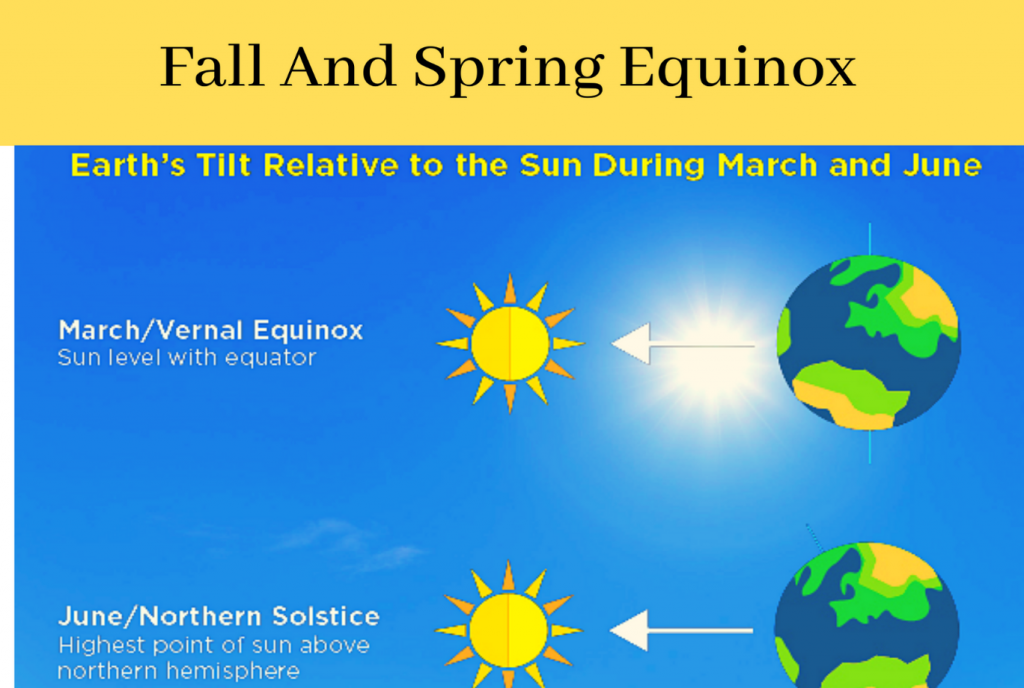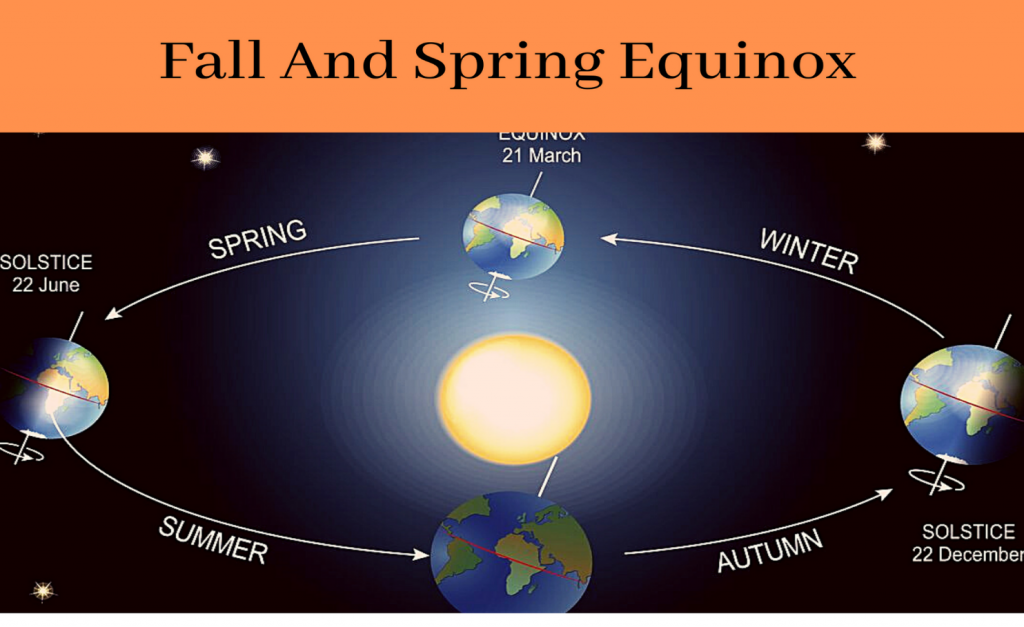
Why is it called “Equinox”?
In the equinox, night and day are almost equal – 12 hours – worldwide. This is why it is called the “equinox,” which is derived from the Latin, meaning “equal night.” However, even if this is widely accepted, it is not entirely true. In fact, equinoxes do not have the same 12 hours of daylight
September Equinox
There are two equinoxes every year – in September and March – when the Sun shines directly on the Equator and the length of day and night is almost equal.
Spring Equinox – Vernal Equinox
The Vernal (Spring) Equinox in the Northern Hemisphere is the Autumnal (Fall) Equinox in the Southern Hemisphere and vice versa.
Not Equally Day and Night
In equinoxes, the Sun shines directly on the equator and the length of day and night is almost equal – but not exactly. The March equinox marks the time when the Sun crosses the celestial equator – a line thought in the sky above the Earth’s equator – from south to north and vice versa in September.
The First Day of Spring?
In the Northern Hemisphere, the Vernal (Spring) Equinox marks the first day of the starry spring. There is another, more common definition of when periods begin, which are meteorological definitions, based on moderate temperatures rather than astronomical events.
Autumnal Equinox – Fall Equinox
The equinox faces both sides of the equator, so the equinox in the autumn (fall) in the Northern Hemisphere is a spring (vernal) equinox in the Southern Hemisphere and vice versa.

Not Equally Day and Night
In two equinoxes every year the Sun shines directly on the Equator and the length of day and night is almost equal – but not exactly. The September equinox marks the moment when the Sun crosses the celestial equator – an imaginary line in the sky above the equator of the Earth – from north to south and vice versa in March.
The first day of the fall?
In the Northern Hemisphere, the fall of the equinox marks the first day of the fall (autumn) in what we call astronomical periods. There is another, more common definition of when periods begin, which are meteorological definitions, based on moderate temperatures rather than astronomical events.
Different Sides and Times
The seasons are opposite on both sides of the Equator, so the equinox in September is also known as the autumnal (fall) equinox in the Northern Hemisphere, and is considered the first day of the fall. In the Southern Hemisphere, it is known as the vernal (spring) equinox and marks the first day of spring.

The Relationship Between Day Length And Temperature
There is a shortfall between the longest day of the year and moderate temperatures in most central and high temperatures. In the north of OH / northwest of PA, the highest daily temperature occurs about 3 weeks later in mid-July. Just as the warm part of the day usually occurs several hours in the afternoon, when the sun is very high in the sky, so the warmer part of the summer leaves the summer solstice.
This shortage is due to the time required for land and water to warm up. Medium temperatures continue to rise until the sun goes down in the sky. While the effect is reflected in the daily temperature structure, it is easily seen by observing the change in the average monthly temperature. In Cleveland, in July the temperature is 3.3 ° F degrees above June, and August is also 2.8 ° F warmer, although the days in August are much lower than the June days.